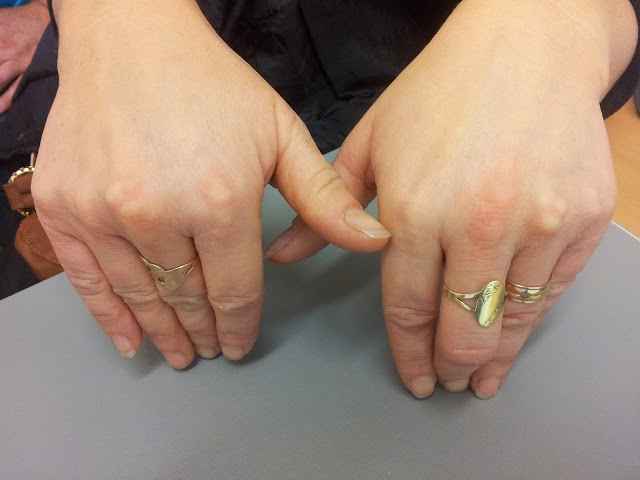
Xanthoma lesions on the skin. Xanthomas are caused by the build up of fat in cells in the skin. There are many different types of xanthoma. This disease can cause pancreatitis and coronary heart disease as well. How xanthomas are classified depends on what part of the body they are located on and how they form and develop. There are seven different types of xanthomas. Xanthelasma palpebrum is the most common type of xanthomas. The bumps or lesions occur mostly around the eye area and tend to grow larger over a period of about three months. These bumps may feel like velvet to the touch.
Most Common Types Of Xanthomas
Tuberous xanthomas is another type of Xanthoma. These bumps tend to occur on the heels, buttocks, knees, and elbows. They are painless bumps that are red or yellow in appearance. Tendinous xanthomas are mostly found on the Achilles tendon, feet, and the hands. These lesions begin as small nodules, but soon grow larger over time.
Other Forms Of Xanthomas That Are More Rare
Eruptive xanthomas occur in clusters as papules that are yellowish red. They can occur all over the body, but mostly appear on the buttocks, arms, legs, and shoulders. These lesions leave the skin feeling hot and itchy. They also can be very tender to the touch. These bumps may go away on their own without treatment, but they usually reoccur. Plane xanthomas can occur at any place on the body. They are flat lesions can even occur on the palms of the hands. Diffuse plane xanthomatosis is a very rare form of xanthoma. Placques that look red and yellow appear on the face, chest, neck, or buttocks. They also can occur in the groin area or in the armpit. Xanthoma disseminatum is also another very rare form of xanthoma. It is a condition that can go away without treatment or it can last for quite a few years. Internal organs can also be affected by this condition.
Causes Of Xanthoma
Xanthoma can be caused by a number of different things. The most common cause of this condition include lifestyle causes and genetic causes. Diabetes, certain medications, alcohol, and raised cholesterol can all be causes of Xanthoma. High insulin levels and high uric acid levels can also be a cause of one of the many types of xanthoma. Obesity has also been linked to causing Xanthoma. Fat in the blood is not in a normal range when one is suffering from Xanthoma.
Treatment Options For Xanthoma
- Start A Healthy Diet. One of the best ways to treat and avoid xanthoma is to eat a healthy diet that consists of salads, vegetables, fish, and cereals.
- Cut Back On Saturated Fats. Give up some of the meat, butter, and palm oil in your diet.
- Cut Down On Refined Sugars. Stop drinking sodas and avoid biscuits and cakes.
- Exercise Regularly. If you are overweight, to treat your Xanthoma you will need to start working out on a regular basis.
References